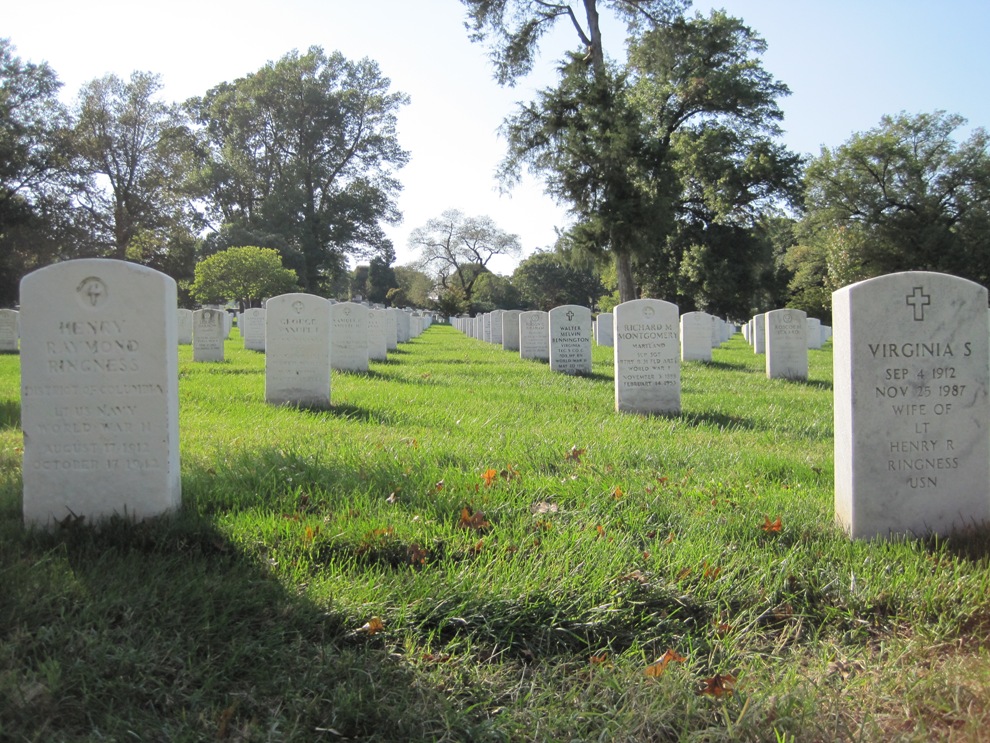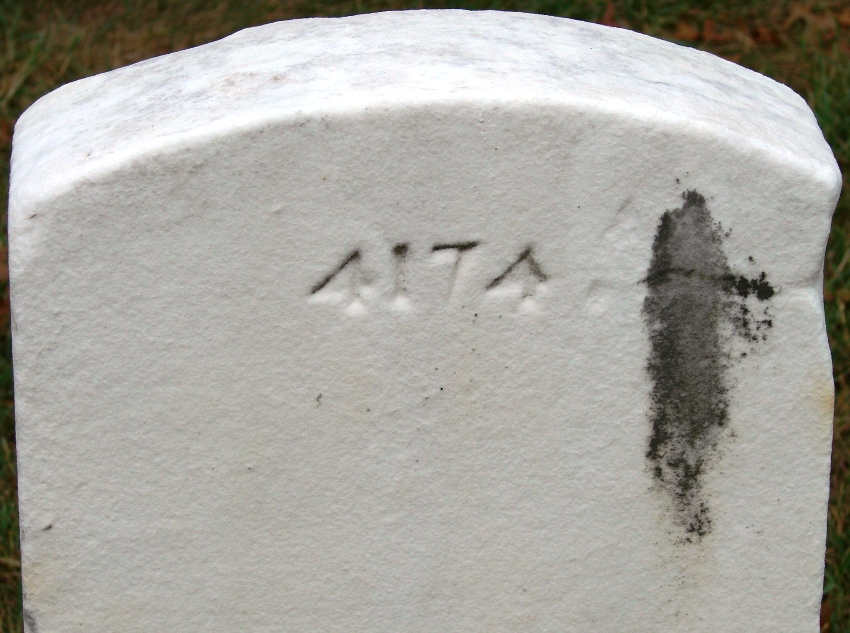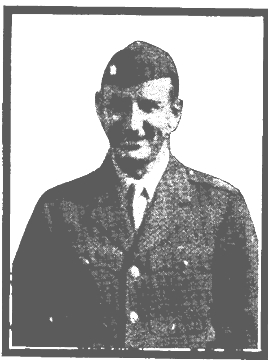Navy Cross
Awarded posthumously for actions during the World War II
The President of the United States of America takes pride in presenting the Navy Cross (Posthumously) to Lieutenant (MC) Henry Raymond Ringness, United States Navy, for distinguished service in the line of his profession, extraordinary courage, and disregard of personal danger while serving as Flight Surgeon of Marine Air Group FOURTEEN (MAG-14), FIRST Marine Aircraft Wing, during action against enemy Japanese forces on Guadalcanal on the night of 13 - 14 October 1942. When a hostile task force moved in off our beachhead and commenced a vigorous bombardment of the island airfield, Lieutenant Ringness, trapped in a foxhole in the camp area by the sporadic bursting of shells, was mortally wounded by a near miss which killed four of his companions and wounded four others. Although completely paralyzed in the lower half of his body and suffering great pain because of his immobility, he persisted in administering morphine and blood plasma to wounded personnel until he was finally evacuated to a base hospital. By his courage, determination, and untiring devotion to duty, Lieutenant Ringness saved many lives. His professional ability, courage, and inspiring devotion to duty upheld the highest traditions of the Medical Corps and the United States Naval Service. He gallantly gave his life for his country.
Navy Cross
Awarded posthumously for actions during the World War II
The President of the United States of America takes pride in presenting the Navy Cross (Posthumously) to Lieutenant (MC) Henry Raymond Ringness, United States Navy, for distinguished service in the line of his profession, extraordinary courage, and disregard of personal danger while serving as Flight Surgeon of Marine Air Group FOURTEEN (MAG-14), FIRST Marine Aircraft Wing, during action against enemy Japanese forces on Guadalcanal on the night of 13 - 14 October 1942. When a hostile task force moved in off our beachhead and commenced a vigorous bombardment of the island airfield, Lieutenant Ringness, trapped in a foxhole in the camp area by the sporadic bursting of shells, was mortally wounded by a near miss which killed four of his companions and wounded four others. Although completely paralyzed in the lower half of his body and suffering great pain because of his immobility, he persisted in administering morphine and blood plasma to wounded personnel until he was finally evacuated to a base hospital. By his courage, determination, and untiring devotion to duty, Lieutenant Ringness saved many lives. His professional ability, courage, and inspiring devotion to duty upheld the highest traditions of the Medical Corps and the United States Naval Service. He gallantly gave his life for his country.
Inscription
District of Columbia
World War II
Family Members
Other Records
Sponsored by Ancestry
Advertisement
Advertisement
















